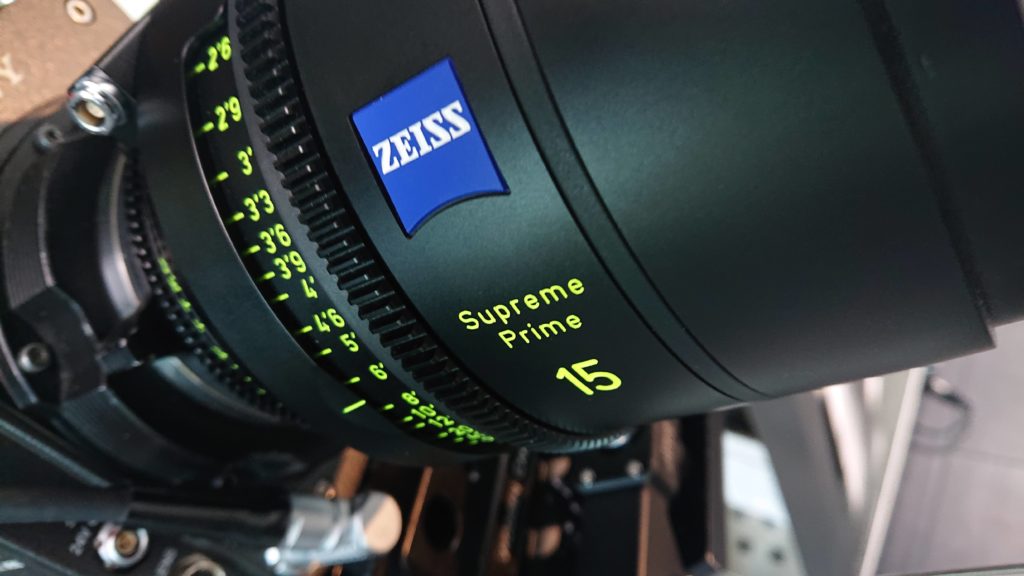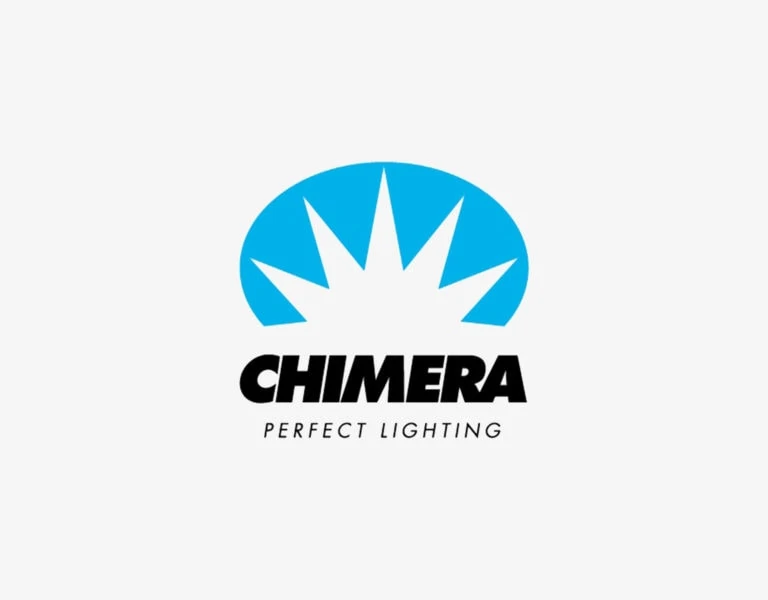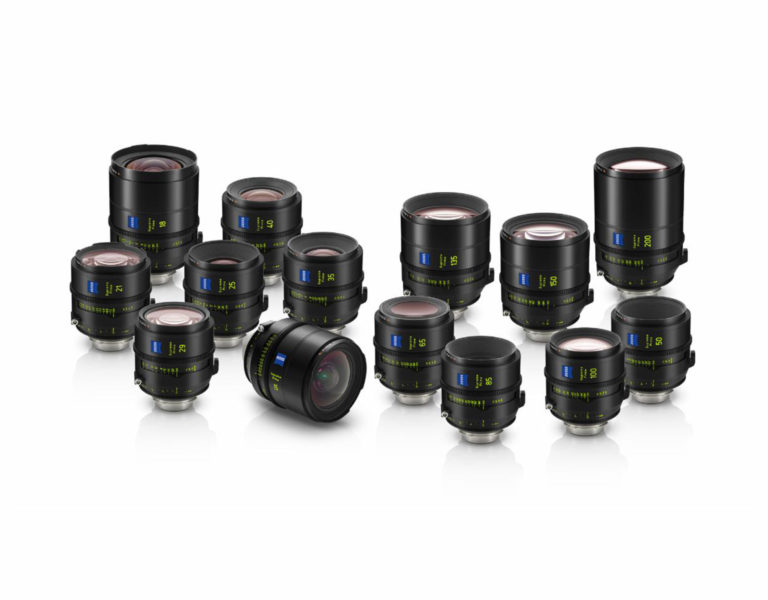POSITIVE SIGNS FOR PRODUCTION
If there was a world shortage of LED video wall panels in April 2022, it was probably because the supply had been diverted to Las Vegas so that NAB 2022 could make a really big point about virtual production.
The Las Vegas Convention Center’s cinema-centric central hall was dominated by Vu and ARRI’s big semi-circular displays. More modest exhibits popped up all over the show, particularly from manufacturers of the underlying hardware. UK-based Brompton is a manufacturer of the processors that sit between the video source and the LED panels, and panel manufacturer ROE exhibited alongside image-creation specialist disguise.
Virtual production is not just a show-floor speculation, either. A few days after the show, among the numbered streets of downtown LA, Orbital Virtual Productions was in the process of commissioning not one but two virtual production stages. One is a 75 by 50-foot monster with a horizontal resolution of 64K, presented in a freshly refitted sound stage complex with all the conveniences. The technology moves quickly, but in May 2022, Orbital is constructing a behemoth.

Back at the show, Quasar Science continues the theme with its hugely capable pixel tubes. The discovery that each tube can occupy literally dozens of DMX control channels is a little off putting to the uninitiated, although the intention is to take full control of each pixel, deriving control signals from the videowall signal. Quasar demonstrated the tubes with various animated effects.
One poorly understood reality that Quasar and others address is that LED videowalls have poor colour quality. The interactive lighting provided by the wall has huge value in promoting convincing integration of the real and virtual worlds, but it’s not a useful key light that will make the cast look wonderful; conventional lighting remains crucial.
ARRI showed the same with Orbiter and SkyPanel, although Prolycht is keen to compete. Having done well with the Orion 300 FS, the beefier Orion 675 debuted at NAB. In such a competitive market, prices matter, and the 675 is projected to ship in September at a hair under US$3500, making it affordable, lightweight, compact, and powerful in comparison to the competition. Even more enticingly, preorders are discounted to around $2800, barely pricier than Aputure’s LS 600C Pro.
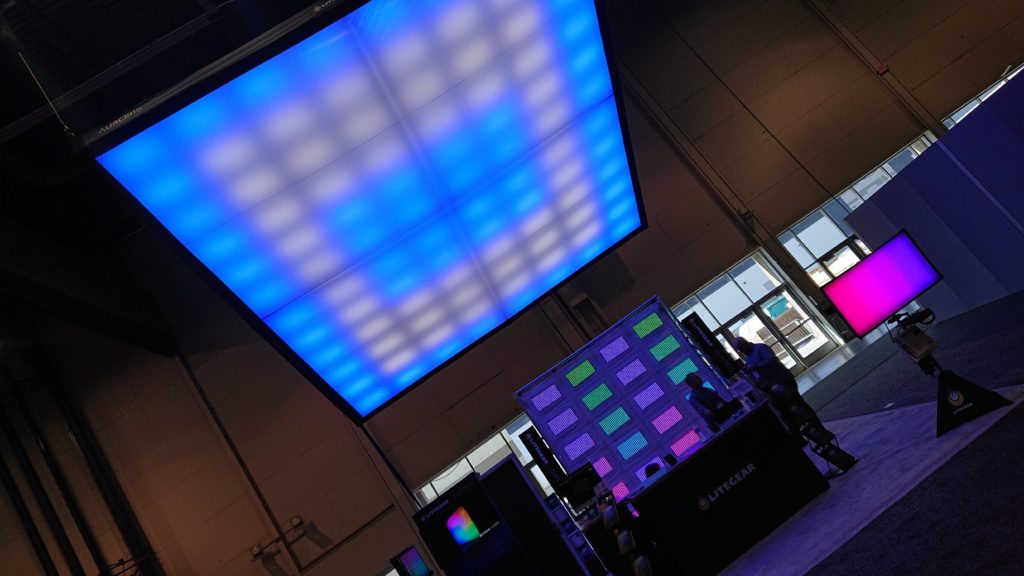
Next, we’re confronted by a huge, glowing, sequencing, unidentified flying object of the Close Encounters variety. It’s Litegear’s Auroris, in a huge quad configuration. With each module ten feet square, Auroris is a big, serious soft light with full colour mixing. The company suggests the sheer scale would make sense for car work and proposes that the colour mixing might simulate the subtle graduation of a magic hour sky. At 1400W per ten-by-ten section, power levels are high and it’s optically efficient.
In camera, perhaps the biggest newcomer was Zeiss’s 15mm Supreme Prime. We saw it at BSC Expo, but it took a trip to Zeiss’s demo centre in LA to put the lens on a projector and get a more objective idea of its behaviour. What we learn is that the angles involved in a 15mm, full-frame lens are extreme. Wide open at T1.8, a tiny amount of chromatic aberration is visible at the corners of the “vista” line but, as so often, this is greatly minimised once the lens is closed down a stop and a half.
Sensor sizes vary slightly, but in the main the lens should achieve a 98.9-degree field of view. The Ultra Prime 8R actually exceeds this field of view on Super 35mm cameras; it’s counterintuitive that the widest rectilinear field of view is probably still on Super 35, though that doesn’t stop the 15mm Supreme being a huge technical achievement.
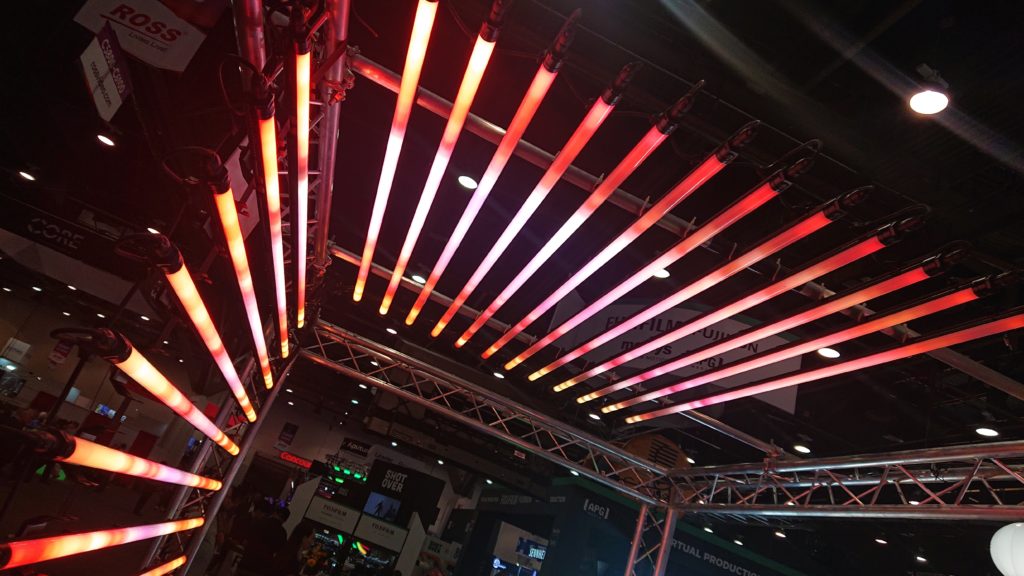
Modern productions seem just as likely to lean toward the sheer productivity of Zeiss’s precision lenses as they are to embrace the foibles of older glass and exhibits at NAB almost mirror that reality. Atlas showed its new 21mm T2 Orion anamorphic, one of now eight lenses between 21mm and 100mm. The concept is reportedly that their character arises more from their geometry than their flares or aberrations; both are well-controlled. 21mm is, of course, an extremely short focal length for an anamorphic, and with the anamorphisis taken into account, the lens achieves a huge field of view beyond 120 degrees. Lovers of vast scenic shots and towering architectural establishers rejoice.
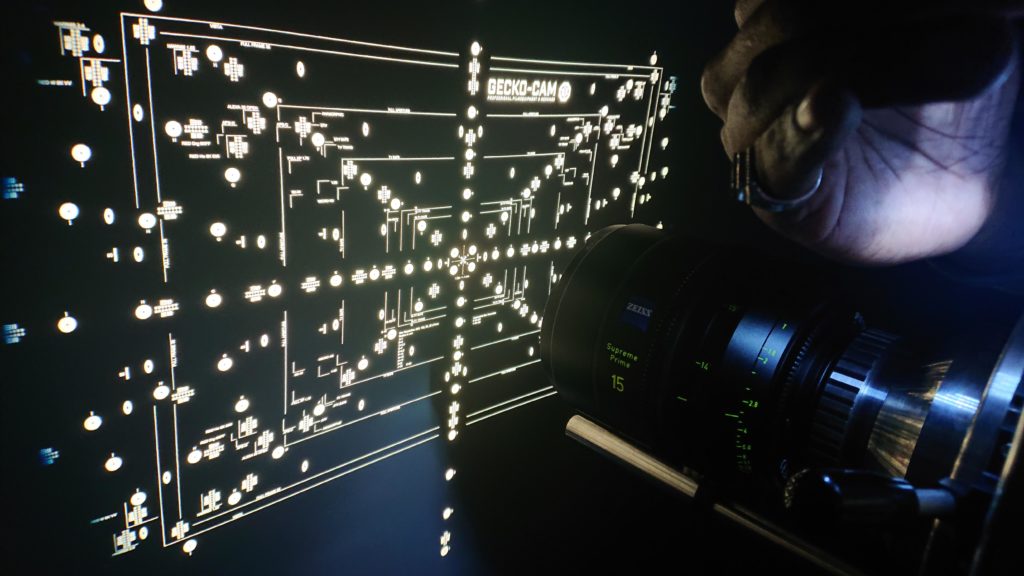
Over on Canon’s booth, we find two new lenses in the company’s Flex Zoom series. Clearly intended to match the range of focal lengths in Canon’s prime ranges, there’s short 20-50mm and longer 45-135mm options, both at a healthy T2.4 throughout and natively in EF mount. It might be instinctive to assume that they’d compete with the likes of Fujifilm’s popular MK zooms, but the new Canon Flex series cover full frame sensors and have compatibility with the Cooke/i metadata system beloved of VFX supervisors everywhere. That puts them up against some of the best in the business, giving time-pressed zoom enthusiasts choices alongside Fujifilm’s most capable options. Canon’s two new babies are called, in full, CN-E20-50mm T2.4 L F/FP and CN-E45-135mm T2.4 L F/FP and should be available towards the end of the year.
Much as the film industry is as busy as it’s been for years, NAB 2022 also raised suspicions that live broadcast might stretch resources further. It’s perhaps mainly (though not exclusively) an American phenomenon, but there’s increasing interest in cinema cameras for live production. ARRI has been showing it since pre-pandemic, and did so again, with remote camera control shown on the booth.

Perhaps the most flexible option actually comes from Blackmagic, which recently released a much-upgraded edition of its Ursa Broadcast range, the G2. The super-35mm, 6K camera has a large pixel count on a small sensor, maximising performance with anything from B4 broadcast lenses through full size cinema zooms. There’s an optional fibre back end for live studio and OB work. While the price is disarmingly low, the combined live and cinema capability is difficult to dismiss.
Perhaps the most memorable success of NAB 2022, though, was the event itself. Having missed two years at the same time uncertainty emerged over the viability of trade shows per se, it was hard not to leave feeling positive. Attendance was a shade more than half the usual, at 53,000, but with the pandemic still very much a reality, it’s hard to argue. The show floors, while smaller than usual, felt well filled and several exhibitors independently reported an improved quality of attendee, with more deals done to get equipment out of the factories and into the hands of users.
Much the same happened at BSC Expo in London, and Cine Gear is coming up in a scant few weeks. Things are not back to normal and nor should they be, but the last few weeks have seen several encouraging steps in the right direction.
